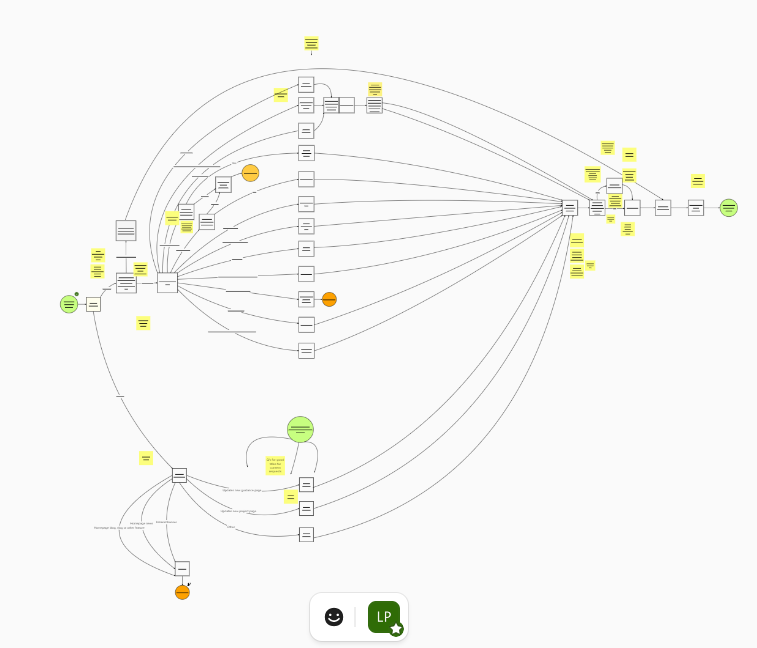Week notes 05/01/2023
In with the new!
A bolstered team (hello fabulous Kim and Sophie) has meant we’ve had time to work on publishing our content and publishing manual. We’ve started with our A-Z style guide and link to weeknotes on GitHub; how to write accessible documents guidance will follow soon.
The style guide and accessible docs guidance have been PDF documents on our intranet until now, so not so easy to find. The risk is that people save their own copy locally and continue working from it, missing important updates or the latest version. (Just the same as our website). So, hopefully colleagues will be able to find and use them more easily, and have confidence that they’re working from the right thing.
Off the back of super work by Scroll followed by Crocstar and FourWallsContent, we’ll soon be publishing our proposition, content principles and content types. We’re busy editing, cross referencing and getting them good enough to publish - we’ll keep reviewing them.
A surprisingly fishy flow
This week, as part of a refresh of our web content toolkit, we published an updated version of our content request form.
We receive a lot of requests and they are varied. We meet twice a week to prioritise the requests, identify what we can do right away, what needs extra work, and (of course) what we just can’t do.
This can be difficult. Our website is, well, chunky. Let’s not even mention the intranet.
So, we spent a lot of time considering different content types and what we need to know for each. What is it that slows us down? What would give us a better idea of how this impacts our users? What do we need to know to work best with other teams?
Say hello to the great content angler fish (Lophiiformes contentrequestus)
Our fish friend demonstrates the new user flow of the content request form. We are hoping he will light the way to clearer requests (and not prey on requesters, promise!)
But in saying this, we are going to have to keep an eye on him. We expect we will need to adapt his shape in future. We have already received some great feedback and will be watching how you use the form for any insights that can inform future improvements.
Have a go, submit a content request.
A table tool with prospects
Over Christmas we published updates to a few searchable tables published on our site using our table tool template. It got us thinking about how useful the table tool is.
A couple of years ago, we needed to replace Excel documents across our site that NRW presented as ‘public registers’ (NRW is obliged to publish details of businesses who are legally allowed to do a thing, like deal in scrap metal). The documents were attached to the bottom of a web page - inaccessible, difficult to find, almost impossible to use on a mobile device. We knew from feedback that users found them difficult to use.

With our scrum team, we worked to refine requirements around error handling (we have to upload csv files that are spot-on), the need for dual language and adding dictionary items to the CMS so the table can adapt to the content. We ended up with something nifty - mobile responsive, easier to find, accessible and much simpler to use. Last year 32% of users needing to check if a scrap metal dealer was licensed did it on a phone - and there was no negative user feedback.
We recently used the tool to publish transparency information around grants we’ve awarded and a list of wastes for an activity we give permits for. We’ve been able to meet the business need to publish the information, but we’re not sure if they’re working for users yet - we’ll be keeping an eye on Heatmaps, Analytics and customer feedback.
Some other stuff we’re doing
Lucinda’s getting well into Figma. Shaun’s been working with SMEs on the, frankly, knotty problem of how to help users find the right permitting fee for the thing they want to do. And we all can’t wait for James’ session on his user research findings into felling licences - more on that to follow…
And Heledd is currently looking forward to receiving some great applications for some brand new jobs in digital, data, and technology.
